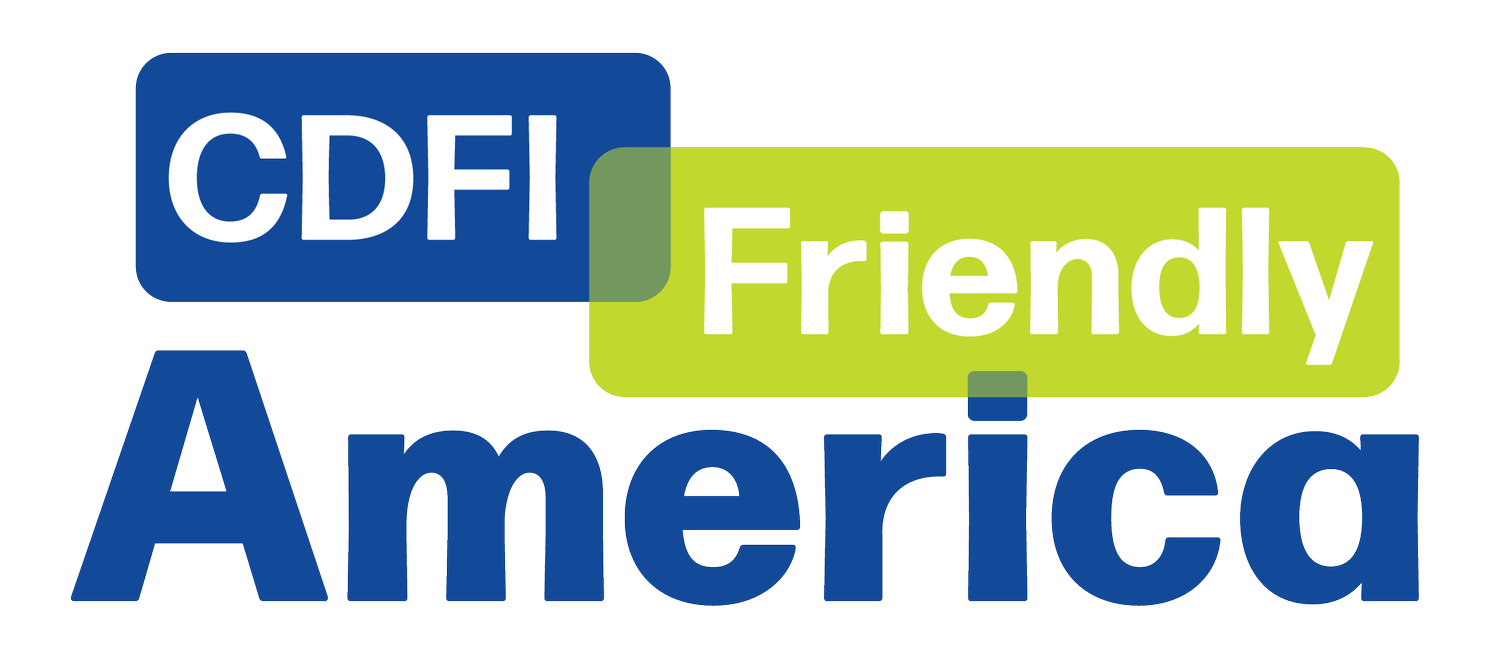What Types of Projects Qualify for Greenhouse Gas Reduction Fund Financing?
With agreements between the Environmental Protection Agency (EPA) and Greenhouse Gas Reduction Fund (GGRF)-awardees finally in place, it is time for CDFIs to plan to participate by identifying environmental projects in their pipelines and their markets.
The Clean Communities Investment Accelerator (CCIA) and the National Clean Investment Fund (NCIF) have different requirements for what types of projects can receive GGRF funding. So, we asked our GGRF researcher, Nathan Lesch, to summarize the different requirements.
Clean Communities Investment Accelerator Requirements
CDFIs that receive CCIA funds through one of the five awarded intermediaries must use those funds to enact green energy projects in one of the following three categories:
Distributed Energy Generation and Storage: This includes rooftop solar installations, community wind and solar projects, battery storage, and fuel cells. These projects are known for delivering significant benefits to low-income and disadvantaged communities with relatively low financial investment.
Net-Zero Emissions Buildings: This includes retrofitting existing buildings to reduce emissions and constructing new net-zero emissions buildings. Examples include: decarbonizing apartment complexes through energy and water efficiency upgrades, adding geothermal heating and cooling to office buildings, and retrofitting schools with energy-efficient heating mechanisms.
Zero-Emissions Transportation: This includes deploying electric vehicle (EV) chargers near multifamily housing, purchasing zero-emissions school buses, improving public transport infrastructure, and creating programs to make EVs more accessible to low-income families.
All CCIA funds must be deployed in low-income and disadvantaged communities (LIDACs). LIDACs include all Justice40 tracts, as well as geographically-dispersed low-income households (households with incomes either at or below 80% Area Median Income or 200% Federal Poverty Level, depending on which metric is lower). LIDACS also include properties that provide affordable housing (multifamily housing with rents not exceeding 30% of 80% AMI for at least half of residential units and with an active affordability covenant).
In addition, CCIA projects should satisfy the six-part NCIF-qualified project criteria, which is listed below.
National Clean Infrastructure Fund Requirements
The NCIF has a broader set of criteria for determining if a project qualifies for funding. Distributed energy generation and storage, net-zero emissions buildings, and zero-emissions transportation projects remain priority project categories for the NCIF, but are not automatically qualified projects.
Instead, a qualified project for the NCIF must meet all components of a six-part definition to be eligible for funding. These requirements are:
Reduction of Greenhouse Gas Emissions: The project should contribute to reducing greenhouse gas emissions.
Reduction of Other Air Pollutants: The project should also help in reducing other air pollutants.
Community Benefits: The project must deliver benefits to communities. NCIF projects are not entirely restricted to LIDACs, though.
Additionality: The project should not have been financed otherwise, meaning it requires the NCIF support to proceed.
Mobilization of Private Capital: It should leverage private capital to stimulate further investment. The EPA does not require a particular leverage ratio be met.
Support for Commercial Technologies: The project must support technologies that are commercially viable, meaning that they have been deployed for similar purposes in the U.S. at least three times over five years.
At least 40% of the NCIF projects must be located in LIDACs. You can locate Justice40 tracts, the largest subsection of LIDACs, using CDFI Friendly America’s new CDFI Market Map.
Conclusion
The CCIA program has a more restrictive requirement for what counts as a qualified project, while the NCIF allows for a greater variety of projects. These differing requirements may come into play when a CDFI is considering whether to seek capitalization funding from a CCIA awardee or from an NCIF awardee.
What questions do you have about CCIA and NCIF qualified projects? At CDFI Friendly America, we have been compiling and synthesizing information about the GGRF, and would be happy to provide more detailed information about the program. You can write to us at info@cdfifriendlyamerica.com.

